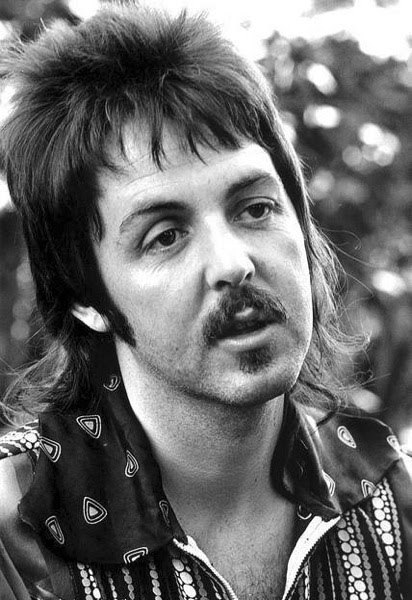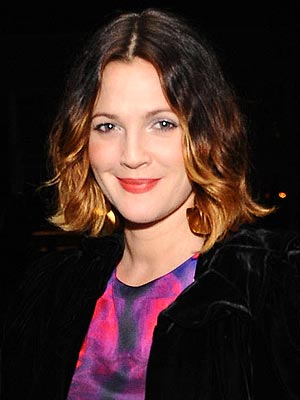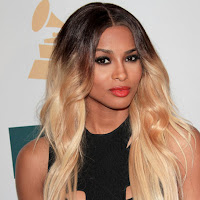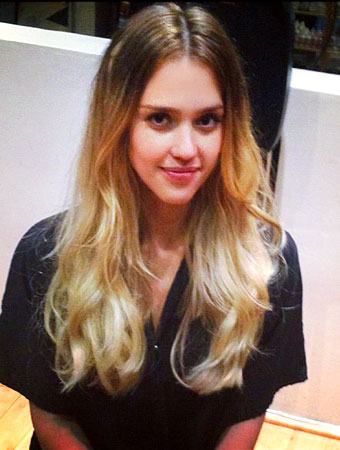Although braids are a hot fashion trend as of late in the U.S. , hair braiding is an ancient art, dating as far back as the time of ancient Egyptians in 4000 BC, and is still a popular style in many parts of the world. Both men and women of many cultures have embraced this beautiful art, creating color and style beyond our ancestors wildest dreams.
 |
| Here is an ancient Egyptian artifact of an Egyptian man and woman depicted to have braided hair, circa 1500 BC. |
Braiding is also traditionally a social art; while women braided or had their hair braided, they would engage in conversation. Also, certain and often complex designs signified social status, age group and village a person has come from. The most elaborate braiding was seen as a privilege, and worn by married women of the tribe. The hair of these women were typically braided up into styles of butterfly wings or plaits, as pictured here.
Another culture that sported braids regularly were American Indians, better known in our society as Native Americans. We do not know how far back this practice dates, but upon my research, I found that braids were very popular among men and women, from children to adults, of many tribes, including the Cayuse, Hopi, and Navajo. For American Indians, hair was and still is strength and power, which is why men and women grow it to be very long, even into old age. Braiding hair was a way of keeping your hair out of your face without cutting it.
For some groups of people, braiding has become a way of life; it is a way of expressing oneself, and after a while, becomes a big part of one's identity. For example, the Hip Hop industry took hair braiding to a whole new level of popularity and style in the early 90s, so much so that it became an identifier for nearly all hip hop and rap artists.
Braids werealso a large identifier for European cultures. The French adopted it from the African and American Indian cultures, putting their own twist on it by starting near the crown of the head and gradually adding more hair to each section as it crosses in from the side into the center of the braid structure. The final result incorporates all of the hair into a smoothly woven pattern over the scalp. The term "french braid" first appeared in writings in the late 19th century, though the style is said to have began centuries before.
 |
| Here is a modern, loosely plaited variation of the french braid that I did on my roommate Hilary Taylor. This style is commonly worn today. |
 |
| Here is an example of two french braids, mostly worn by young female children in today's society. |

















